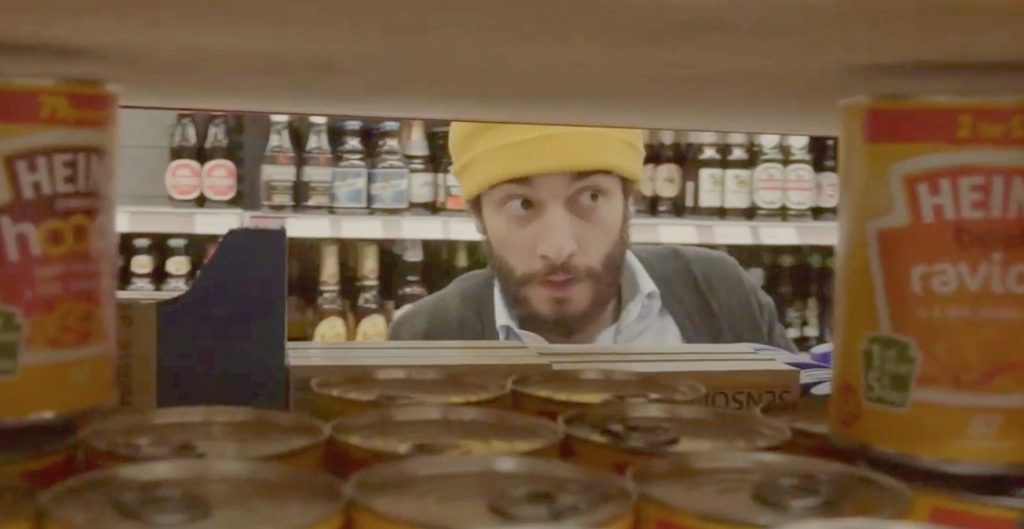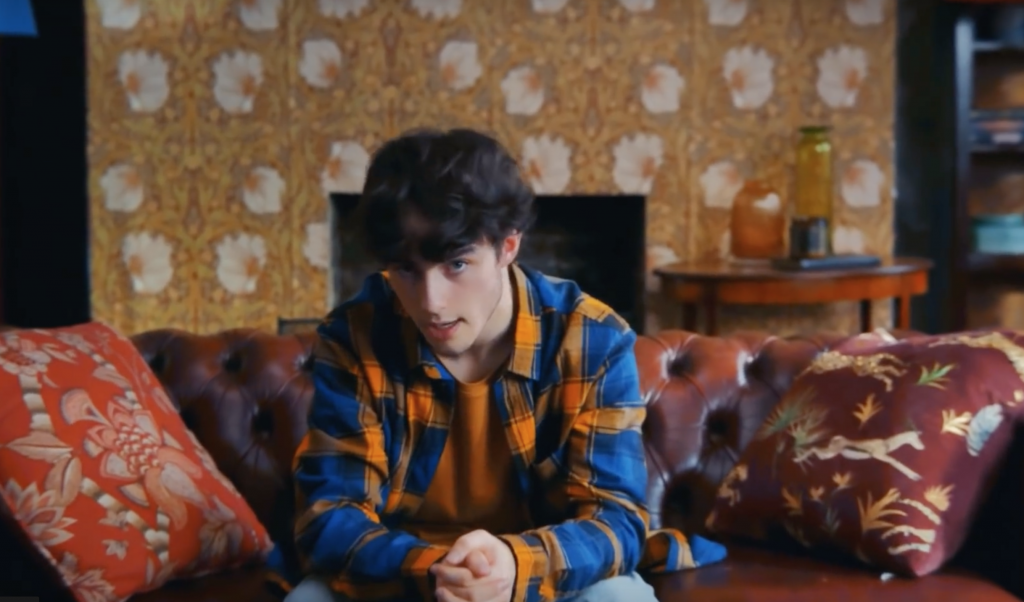There’s something inherently astonishing about viewing the world from above. And now, thanks to the development of consumer drones, aerial photography has been democratized. But there’s nothing automatic about creating a memorable drone travelogue. As with every kind of moviemaking, success requires knowledge, practice, imagination, and dedication. The work of Finnish filmmaker Timo Oksanen is worth studying. A recent example—”Lofoten”—was shot in Northern Norway. In an interview (below), Oksanen discusses his approach and the gear he uses.
Interview with Timo Oksanen
MMM: Tell us about Timo Oksanen Productions?
Oksanen: I provide my photography and video production services via Timo Oksanen Productions as a sole trader. However, at the moment it mostly means licensing my existing footage, as it’s not my day job. I work as a marketing manager in a Finnish industrial company Nordic Traction Group, where I also get to produce videos.
MMM: How did you develop your moviemaking skills?
Oksanen: I’m 100% self-learned. I’ve been making videos for about 30 years already and these days it is very easy to find youtube tutorials if you’re wondering about some new technique you saw in some clip. Still, trial and error works as well!
MMM: And what about piloting drones?
Oksanen: I got my first drone in January 2016 and have been learning by flying. Of course, I’ve also watched numerous tutorials, for example about how to achieve smoother movements and how to adjust the drone settings accordingly. It’s important also to familiarize yourself with local legislation. I’m a registered drone pilot in Finland, Sweden and Norway.
MMM: What drew you to shooting in Lofoten?
Oksanen: This is the 4thsummer in a row when I did a quick roadtrip to Northern Norway – basically just to shoot as much as I can. I visited Lofoten already in 2016 and fell in love with the scenery. I wanted to visit the islands again with my updated gear to see what I can capture this time.
MMM: When you’re doing a drone travelogue, do you begin with a concept or do you shoot what interests you and then put it together in the post?
Oksanen: When I’m going somewhere to shoot, I plan ahead the sites I want absolutely to visit and then just keep my eyes open for anything else that comes along. While shooting, my mind starts to automatically imagine the finished video – or different alternatives for it – and I select the angles and movements so that in post I can create a continuum that makes sense. I’m not the most talkative companion while I’m on these trips as I’m just constantly thinking about the film!
MMM: This is a hybrid movie in that you used several cameras. Could you explain what the different cameras were used for?
Oksanen: As much as I love aerials, I think using also other than drone footage makes the end result more interesting. I’m also a keen timelapse photographer – between Autumn and Spring I chase the northern lights at nights – and the movement of the clouds and changes in lighting are best captured with timelapses. For those I used Canon 5D Mark IV camera and sometimes also Syrp Genie for panning motion. I also captured live video with Sony A7 III and used DJI Ronin S for stabilization. There’s also a brief underwater shot taken with GoPro Hero 7 Black.
MMM: And your drone?
Oksanen: It’s a DJI Mavic 2 Pro with PolarPro filters.
MMM: How long did the shoot take?
Oksanen: I spent only two days at Lofoten, shooting from morning to midnight. I was able to capture a lot of footage during just two days as we needed to skip our planned hikes due to my daughter’s sprained ankle. Instead of hiking the mountains, we drove around and visited all the easily accessible places.
MMM: What about the music track?
Oksanen: I have a subscription at Artlist.io, which I use for sourcing music for my videos. I think I found a very good track with a cinematic feeling matching the beautiful sceneries.
MMM: Could you describe how you go about editing this kind of movie?
Oksanen: I usually begin by finding couple of candidates to be used as the music for the film, and then find the best shots from each location. Once I have an idea what the ideal length of the video would be with the available footage, I make final selection of the music and start making the edits on the timeline. I use Final Cut Pro X for editing the final video and the timelapses I compile with Adobe Lightroom and LRTimelapse 5. I shoot everything in LOG colour (Dlog-M, S-Log2, C-Log) which in post means I need to colour grade the footage from the different cameras used to match each other.
MMM: Do you have any advice for someone who would like to make movies like “Lofoten”?
Oksanen: Key is to be enthusiastic about what you do and eager to learn. Watch movies made by others and analyze what you like and what you don’t. Try to think what is it that makes you watch the whole film and what makes you wanna fast-forward or just skip it. Shoot a lot of footage so you can select the best shots when editing. Pay extra attention to keeping the movements of the camera as smooth as possible. Best way to learn editing is by doing, and if there’s something you don’t understand, someone has probably made a tutorial about it to youtube.
You can learn more about Timo Oksanen on Instagram, Facebook, YouTube, and Twitter
# # #
“Lofoten” was chosen by the editors of MobileMovieMaking as a Mobile Movie of the Week.



 Previous post
Previous post
 Next post
Next post





